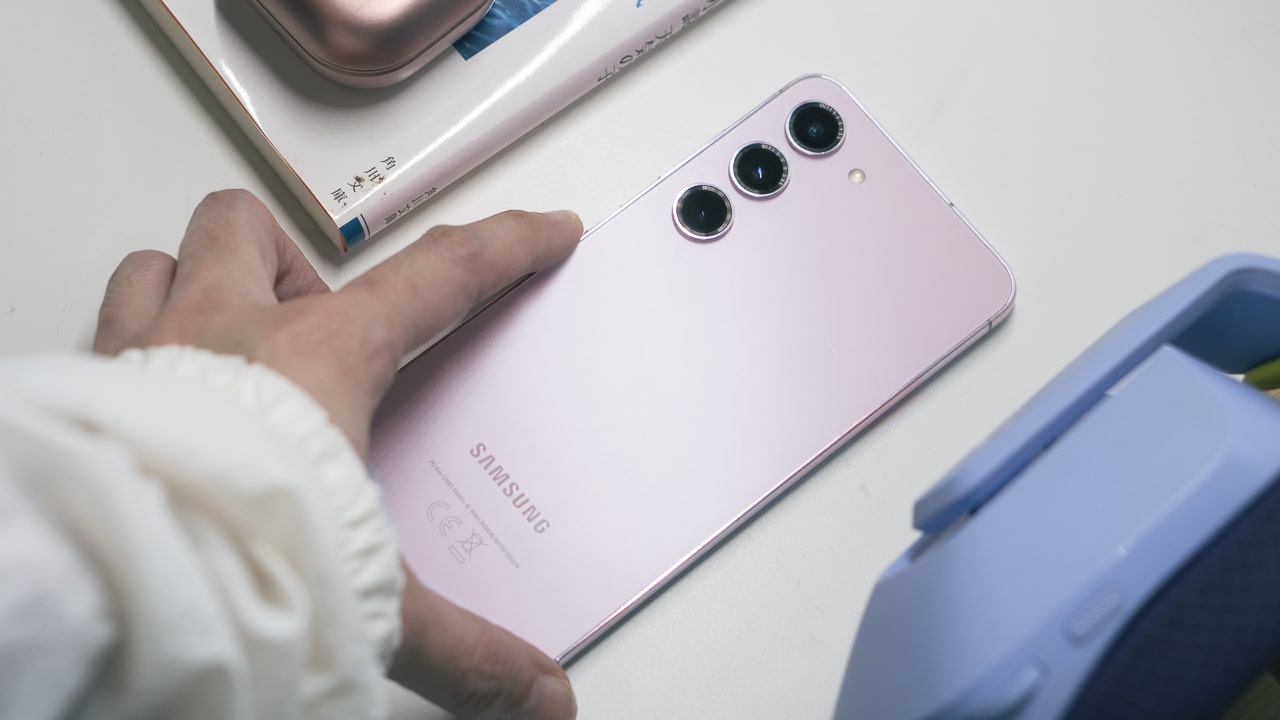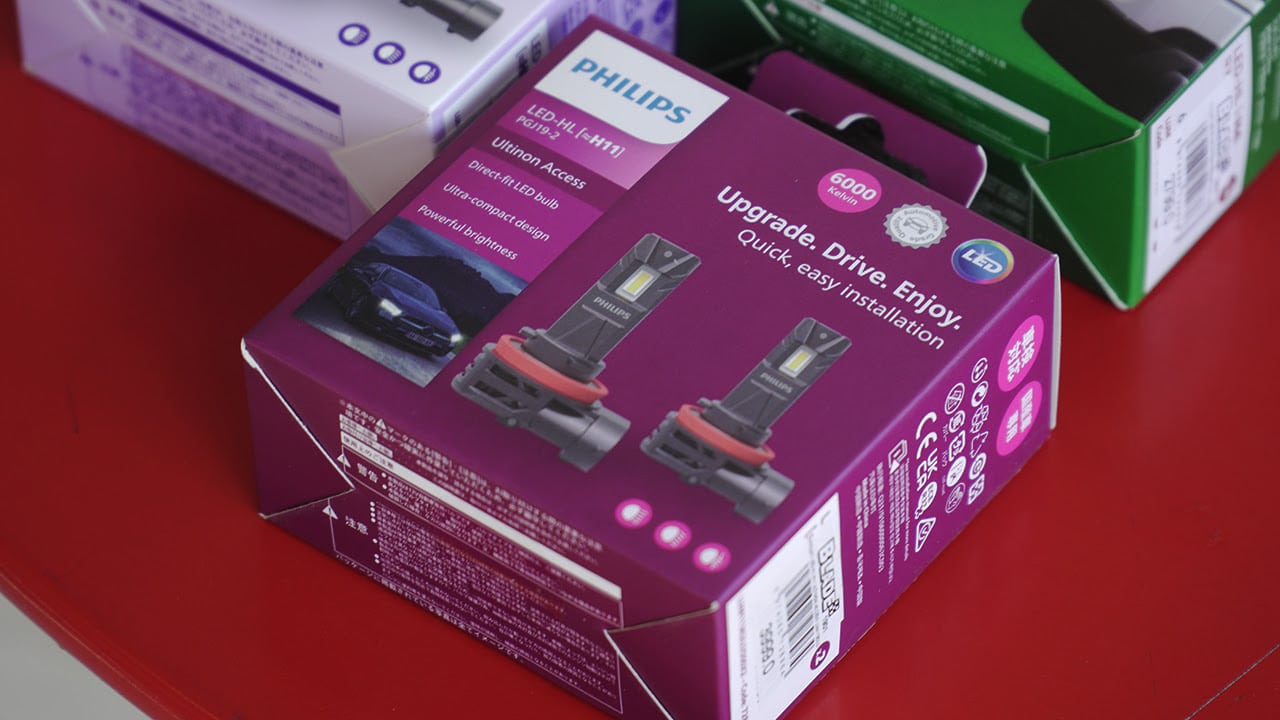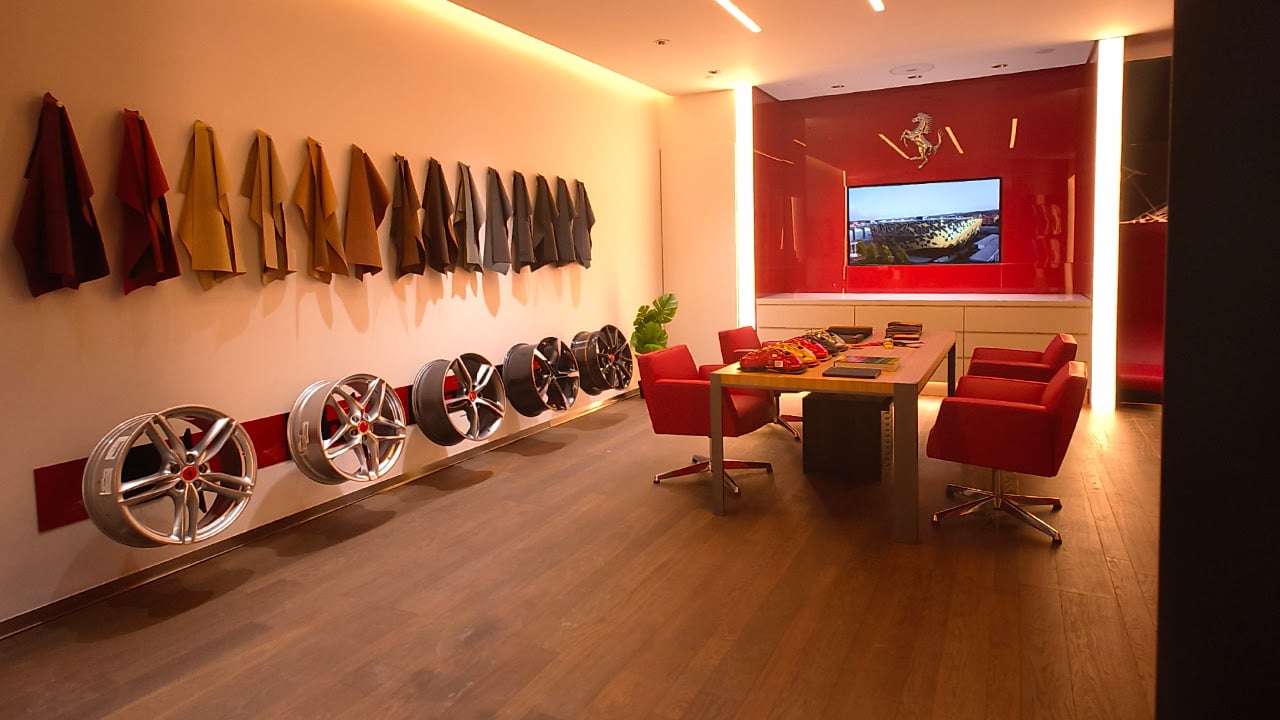05/16/2023
For this year’s S23 lineup, Samsung introduced a 200-megapixel camera which, sadly, is exclusive to the Ultra variant. And the other two members of the family are left with last year’s setup.
Regardless, the photos the S23 and the S23+ are able to produce still remain impressive.

With me is the Samsung S23 which sports a triple rear camera system headlined by a 50-megapixel shooter. Combined with a 12-megapixel ultrawide and a 10-megapixel telephoto, the familiar setup remains versatile enough to be used in all sorts of events.
I took this phone with me on a camping trip out of the city where I was able to test it in extreme lighting scenarios. During the brightest part of the day, around noon or so when the sun was high, the S23 exhibited its ability to capture both highlights and shadows pretty evenly.
The software was able to bring back color and details to the background or sky while keeping faces bright and shadows even.
In bright light, I personally find the photos just a little too saturated but it’s easy enough to dial down in post. And another issue I have with Samsung cameras is that, sometimes, the built-in post-processing tends to go a little too much on sharpness causing images to lose the finer details. If you want a less processed image, you do have the option to shoot in RAW.
Around the city, where an erratic mix of shadows and highlights live, the Samsung Galaxy S23, again, proved to be one capable snapper.
The ultrawide lens became a go-to for cityscapes since its field of view was wide enough to capture the towering skyscrapers. A little distortion is still evident just like on the S22 but it does add a certain charm to the photo.
One of my favorite things about Samsung cameras is the shutter. It’s just really fast. Even aboard a moving car, I could capture sharp photos even when zoomed in.
In indoor lighting, you can still achieve crisp and bright photos effortlessly. Though depending on the amount of light present, you may have to hold for a second or two.
In low light, Samsung’s claims of it being a “Nightography” phone shines through. If you’re able to hold still or have just enough light, you can get really impressive low-light photos. During our camping trip where lights were scarce, I was even able to capture some stars using long exposure tripod-less.
Overall, colors are impressively vibrant and noise is kept to a minimum though longer shutter speeds do eventually add undesirable artifacts.
When taking photos of food, as we all do, the Samsung Galaxy S23 is able to capture the tiny details quite finely. The sheen from the oil or the texture of foam can easily be distinguished and you can even achieve this in low light. You can easily get up and close as well and it will be able to capture those little details.
Now what did get upgraded on this device is the front-facing camera.
We now have a 12-megapixel camera that supports HDR+. Selfies look great and can easily be done in all kinds of lighting situations. I find that it does have a harder time focusing, more so in low light, though a couple of tries and you should get a good photo.
I also take a lot of photos of cats.
So here are some cat photos.
Final thoughts
At the end of it all, despite not receiving an upgraded set of cameras, the setup on the Samsung Galaxy S23 is worthy of its flagship status. And with such a pocketable size, you can capture all sorts of memories with ease.













































































